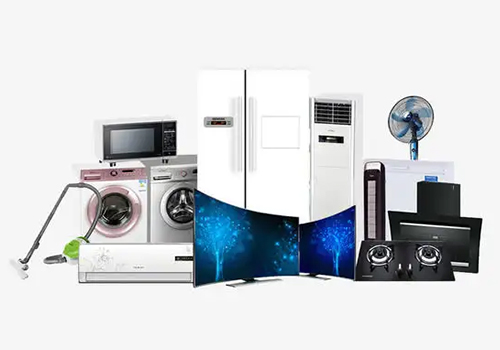Relay Used in Home Appliance

Due to the unique advantages of the relay itself, its application range is very wide. In the field of home appliances, relays are mainly used to control compressor motors, fan motors and cooling pump motors to perform related control functions, and are widely used in air conditioners, washing machines, microwave ovens, and electric heaters. For example, fan motor relays in air conditioners, heater motor relays, electromagnetic clutch relays, vacuum solenoid valve relays, etc. Before such household appliances are put into use, safety inspections should be done to ensure that household appliances are safer to use.
The power of home appliance compressor motor is generally 1 to 3 horsepower, and the fan motor and cooling pump motor are 1/4 to 2 horsepower. Due to the moment when the load starts, a large surge current occurs, which is about 6 times the full-load running current. The long time required for the compressor motor to reach full speed poses a serious threat to the relay contacts.
The power of home appliance compressor motor is generally 1 to 3 horsepower, and the fan motor and cooling pump motor are 1/4 to 2 horsepower. Due to the moment when the load starts, a large surge current occurs, which is about 6 times the full-load running current. The long time required for the compressor motor to reach full speed poses a serious threat to the relay contacts.
- The load capacity of the electrical relay is required to have sufficient margin. Relay contact load: up to 220V, 5000W heater (or 1 horsepower motor) load, as small as driving solenoid, other relay coils, indicator lights and other small loads.
- The expected life of the relay is required to be 5 to 10 years. That is to say, the electrical life of the relay is required to reach 105 times to 2 × 105 times.
- It is required to eliminate the contact bounce when the relay is sucked as much as possible.
- The safety requirements are strict and must be certified by a safety certification agency.
- Product environmental conditions: ambient temperature -40 ~ 55 ℃; relative humidity of 40 ℃, 95%; rainwater infiltration; coastal areas are required to prevent salt spray.
- Because weight and size are not important indicators, the relay is required to be designed to be robust and shock-resistant.
